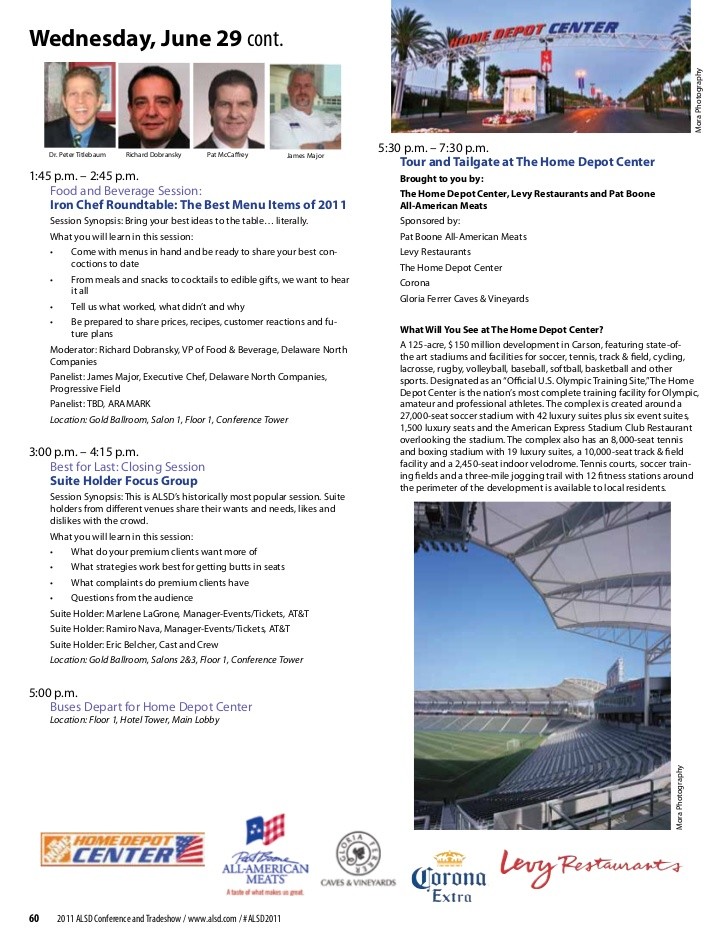Reenergize and Renew Your Relationships With HighImpact Client Review Meetings
Post on: 16 Март, 2015 No Comment

Re-energize and Renew Your Relationships With High-Impact Client Review Meetings
Why the review meeting is a critically important element of an enduring client-planner relationship.
February 28, 2011
by Edward Jacobson, PhD
Whether held on a quarterly or annual basis or called for a special purpose, review meetings present opportunities to deliver value and enhance the clients engagement and commitment.
Of all client-planner encounters, the review meeting may have the greatest potential for demonstrating value, ensuring the plan is on track and relevant and deepening the mutual commitment of the client and planner to the ongoing relationship. To capitalize on this potential and provide a standardized method, a framework for High-Impact Client Review Meetings includes a set of overall meeting purposes; four distinct phases; and specific objectives, steps and tools for each phase.
Overall Meeting Purposes
The core purposes of the client review meeting include the following:
- Assessing the situation, the clients responses to changed circumstances (including financial) and the clients mindset and perspective about these circumstances;
The Four Phases of the Client Review Meeting
Aristotle characterized the classical structure of the play as having a beginning, middle and an end. The client review meeting also has a classical structure: the Launch phase (beginning), the Qualitative and Quantitative phases (middle) and the Wrap-up phase (end).
Launch Phase
The Launch welcomes the client and clarifies expectations. The planner is purposeful and intentional in how he or she prepares the setting, welcomes the client and frames the questions.
This phases three specific steps include the following:
- Opening with a positively framed question. Rather than asking, How have you been? or Hows the family? the planner asks a question such as, Whats been a high point in your life since we last met? or Brag to me about your daughter; what has she done lately thats made you proud?
Alternatively, the planner may focus on economic circumstances by asking, Whats one thing thats worked well for you in coping with the financial ups and downs? rather than, How have you been reacting to market gyrations? Questions framed in a positive manner are designed to elicit positive feelings and establish an upbeat tone for the meeting.
Qualitative Phase
In this phase, the client and planner discuss milestone events, planned or unplanned changes in client circumstances and whether these changes are positive or negative.
The discussion also includes how the client is coping with financial losses, other kinds of losses or other changes, as well as the big picture of overarching life purposes reflected in the financial plans goals and objectives.
Specific steps include the following:
- Reviewing progress on previously established goals and actions;
Another potential step involves period-by-period comparisons on a straightforward measure of quality of life. The impact can be magnified by using a scale in which the client rates their subjective satisfaction or sense of well-being in several areas.
I have created the Life Abundance Portfolio to measure key life areas, from family relationships to work, health and even recreation. If the planner incorporates the Life Abundance Portfolio or another kind of quality of life scale as part of the initial data collection phase of the planning relationship, the planner can re-administer the instrument at each review meeting. This process facilitates period-by-period comparisons and discussions of shifts in self-ratings.
For example, the planner can say, I note an increase from three to five on Family. Thats great! Tell me about that. Conversely, the planner might say, I see a drop from four to three on Work. Whats going on there?

Although psychometric rigor is always desirable, the main purpose of incorporating a quality of life measure in review meetings is to efficiently identify meaningful red flag areas for in-depth conversation, as well as green flags for celebration. The quality and intensity of these conversations, rather than numerical precision, is where the planner provides the greatest value in the Qualitative phase. Such a conversation deepens his or her status as the clients trusted advisor. (PFP Section members can read a fuller discussion of the use of this instrument in the July/August 2010 issue of The Planner .)
Quantitative Phase
Planners are probably most familiar with the Quantitative phase. The key reason for placing it after the Qualitative phase is to ensure that any conversation about the numbers is optimally positioned in the meeting so it can include aspects of the Launch and Qualitative phases that have financial implications.
Specific steps in this phase typically include a review and discussion of the following:
- Overall financial position
Wrap-up Phase
In this final phase, the planner confirms the shared understanding of decisions and action steps and builds the clients optimism and motivation for the ensuing time period. In addition, the planner reviews the meetings highlights and achieves a mutually satisfying close. Specific steps include the following:
- Reviewing and confirming. The planner and client share an understanding of market conditions, changes in asset allocations and other financial plan elements, action steps the client will take and other agreed upon decisions and actions.
Implementing the Framework
Unlike accounting standards, the High-Impact Client Review Meetings template does not require the planner to follow the template without any customization. Adapting the steps, discussion items and questions to suit the planners objectives, style and experience will allow participants to maximize the return on investment for the time, energy and effort involved in these meetings.
The best result? This kind of framework supports the planners status as a trusted advisor.














